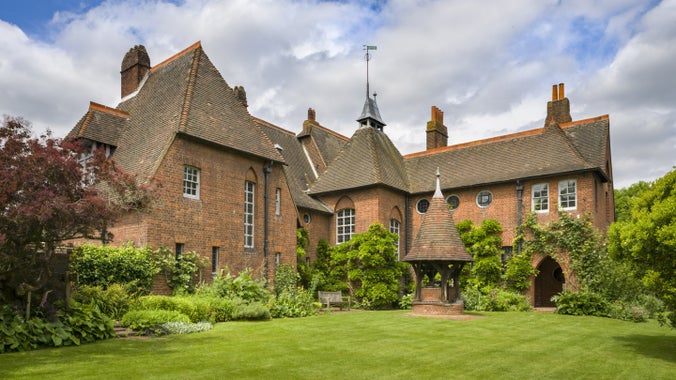
Become a member
Join today and help protect nature, beauty and history – for everyone, for ever. Enjoy access to more than 500 places with National Trust membership.
Iconic Arts and Crafts home of William and Jane Morris and the centre of the Pre-Raphaelite circle.
Red House Lane, Bexleyheath, London, DA6 8JF
Book a visit
Red House is open from May to October 2025 for pre-booked guided tours that run on the hour from 11am - 3pm Thursday to Saturday. Tickets are available with new tickets released every Thursday up to two weeks in advance.

A special first screening of Amaal Said's short film 'Open Country' inspired by Chaucer's Canterbury Tales and filmed at Red House. With an introduction by film maker Amaal Said. Light refreshments will be served. Free event. Booking essential.

Take a look at the map of Red House to help plan your visit.

Join today and help protect nature, beauty and history – for everyone, for ever. Enjoy access to more than 500 places with National Trust membership.